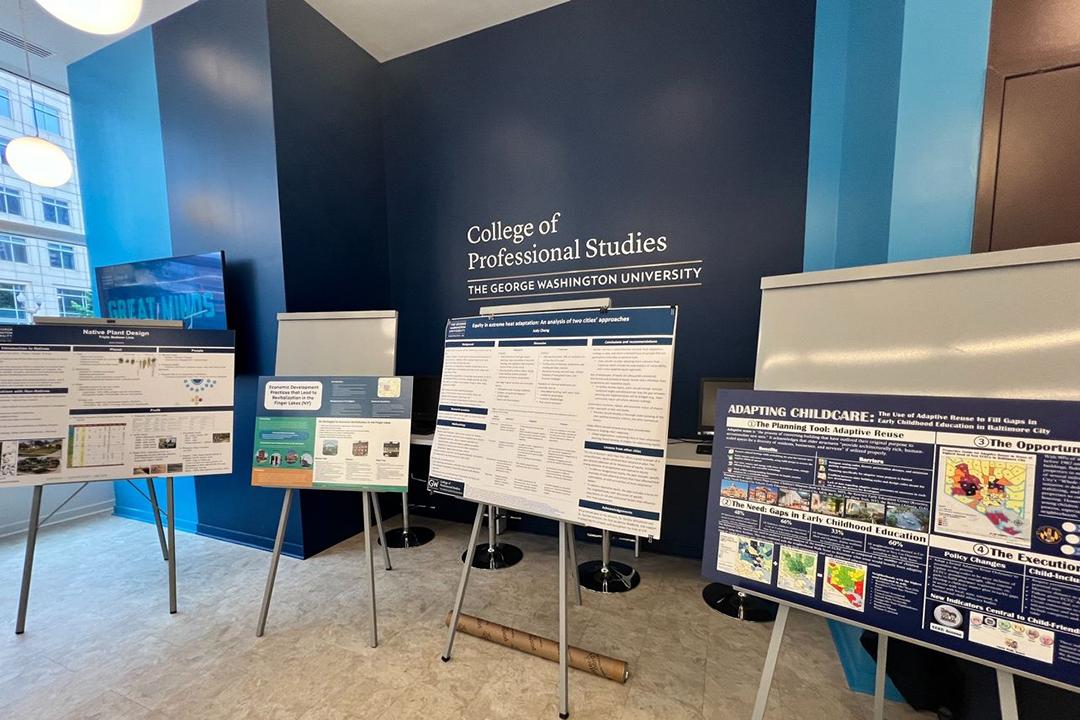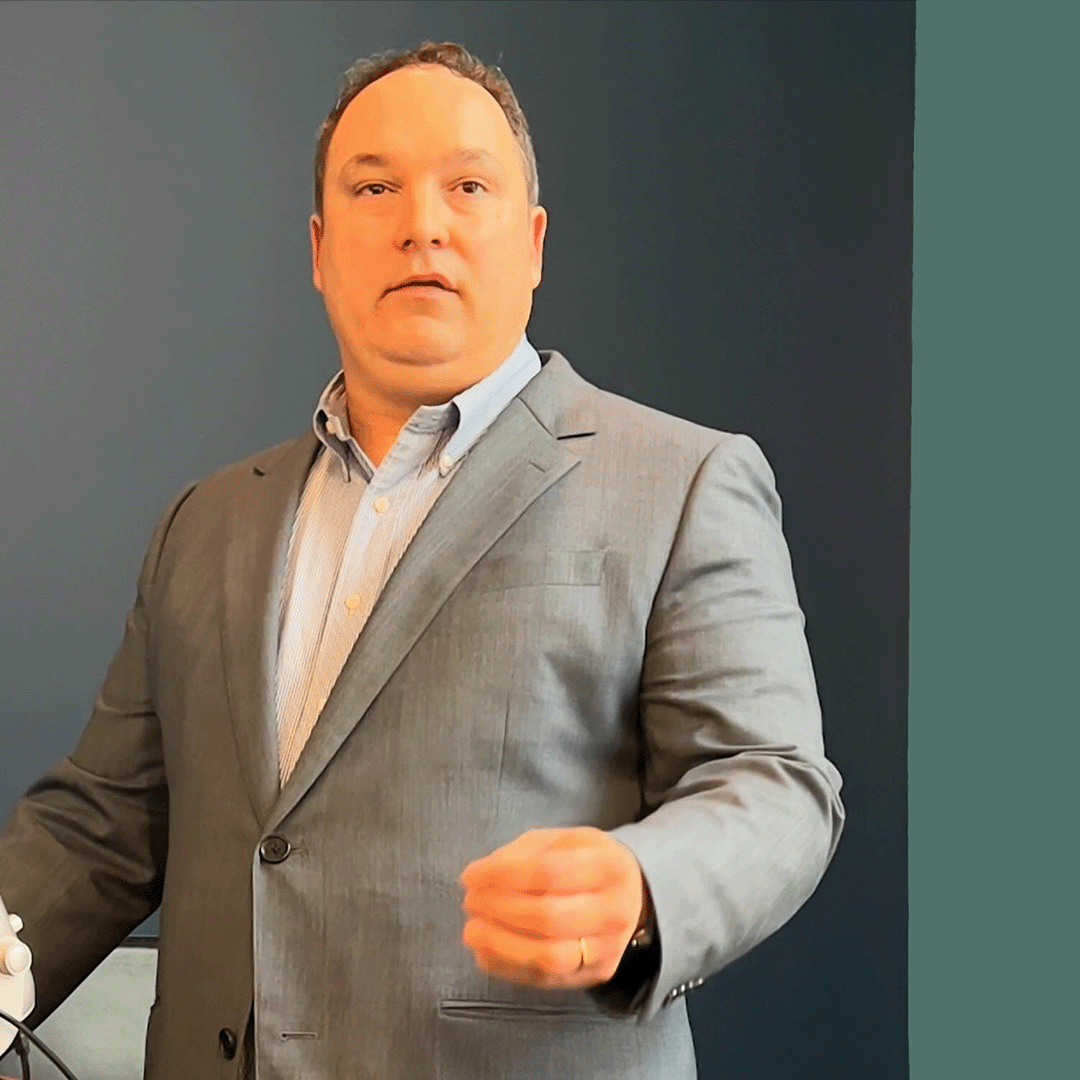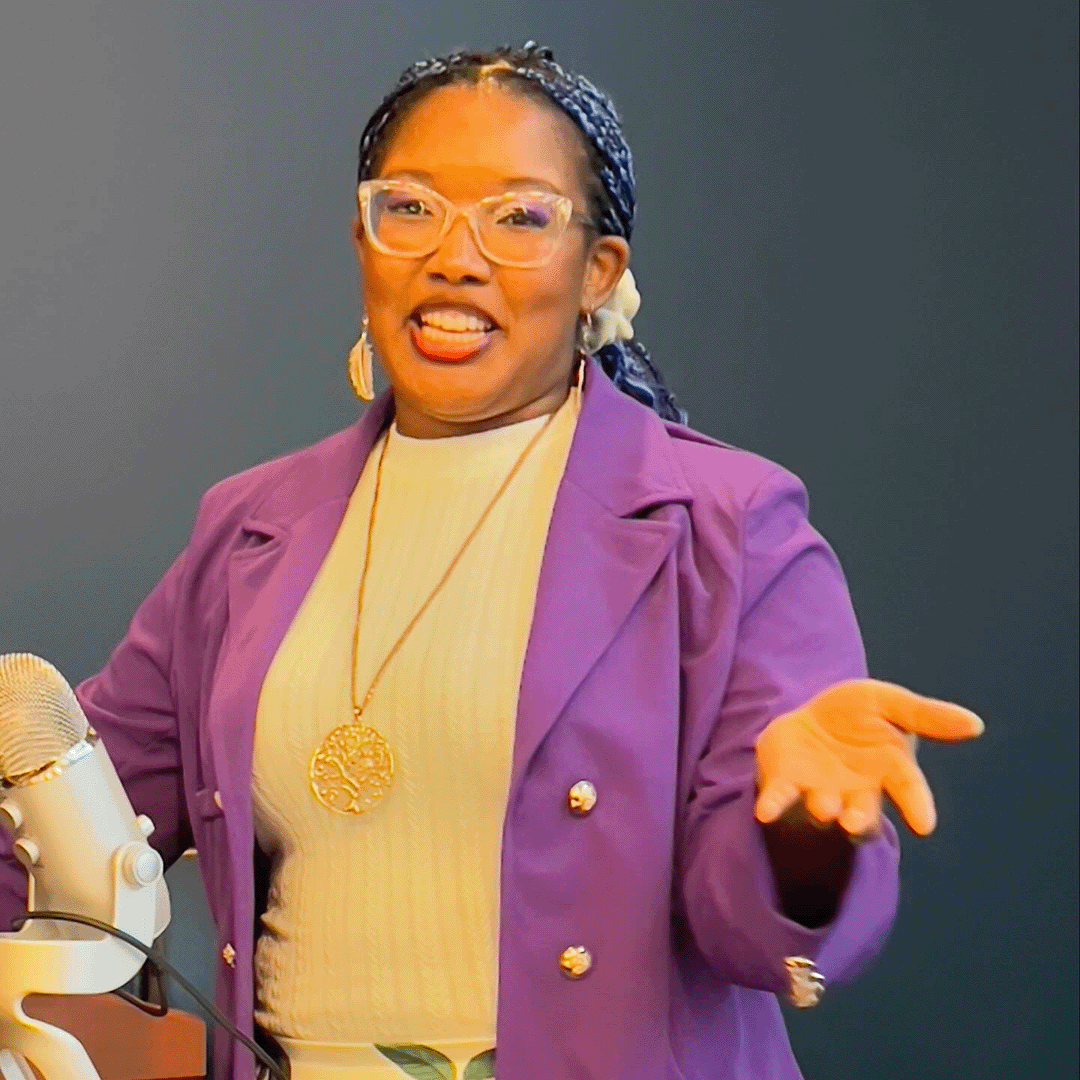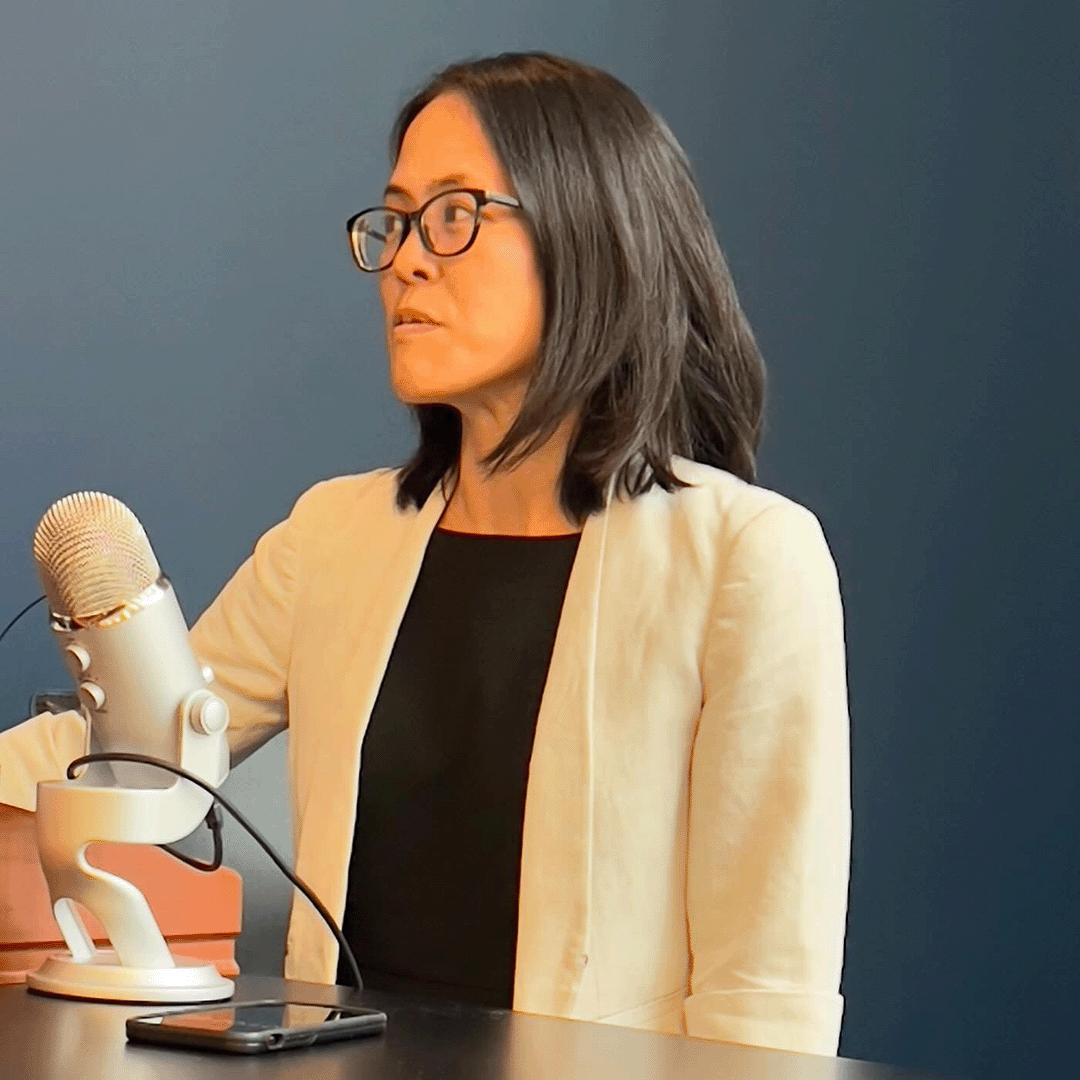Four spring 2024 graduates presented their Capstone Projects on May 10th to an enthusiastic audience at GW’s Arlington Education Center. The in-person event was open to students, alumni, faculty and the public, as well as live-streamed to far-flung families and friends.
The Capstone is the culminating experience for students in the master’s program in Sustainable Urban Planning (SUP). Students complete individual projects to showcase the knowledge, skills and abilities they have learned. Students’ research projects are used to demonstrate mastery of the program’s key skills and knowledge. Students often share their capstone and studio projects with prospective employers and on LinkedIn to show that they can do professional-level planning work. Each capstone project has a specific audience who can use the student’s work to advance their goals.
"The capstone project is the culmination of each student’s experience in our program and the showcase is their opportunity to share that work with our community. I’m so proud of each of our spring graduates and their accomplishments."
Dr. Sandra Whitehead
Program Director, Sustainable Urban Planning Program
Jason Kendall
Triple Bottom Line - Ecosystem Services with Native Plant Design
- Capstone Project Abstract
-
Native plants are uniquely adapted to local conditions and provide numerous ecological, social, and economic benefits compared to non-native species. This work examines the advantages of using native plants in landscape design through the lens of the triple bottom-line framework: planet, people, and profit. Native plant landscapes support biodiversity, provide habitat for wildlife, improve soil health, reduce water consumption, and require less maintenance than traditional lawns and gardens. Native plants also offer psychological and physical health benefits to people by reducing stress, improving air and water quality, and limiting exposure to harmful pesticides and fertilizers that lead to acute and chronic diseases. From an economic perspective, case studies demonstrate that the public has a high willingness to pay for native landscapes, and the reduced maintenance costs for water, fertilizer, and general upkeep make native plants an attractive alternative and cost-saving approach. The insurance and financial sectors are beginning to recognize the risks of biodiversity loss and the value of ecological resilience that native plants provide. This work concludes that the evidence clearly shows native plant landscaping is beneficial for the environment, human well-being, and the economy. Policymakers, developers, and property owners should leverage these multifaceted benefits to accelerate the transition to more biodiverse, sustainable, and economically advantageous landscapes.
Joy McFadden
The Use of Adaptive Reuse to Fill Gaps in Early Childhood Education in Baltimore City, MD
- Capstone Project Abstract
-
Adaptive reuse is a planning mechanism that allows planners to redevelop cities by transforming older buildings to meet the needs of current and future generations. One immediate need is the gap in access to affordable, sustainable childcare facilities and early childhood education centers. This is true in Baltimore, Maryland, where spatial analysis found several neighborhoods where less than 50% of the target population have access to childcare and experience built environments ill-disposed to walking. To tackle this issue, Baltimore can utilize its surplus of vacant properties and brownfields to create new green early childhood education centers to fill this gap in access. Other properties can be used to improve walkability in the built environment, making streets safer for children, providing connections between community institutions, and building mixed use beneficial for families. To accomplish this, Baltimore City should develop several key policies—an Adaptive Reuse Ordinance, a Childcare Master Plan, and updates to the “Whole Block, Whole Cities” initiative for vacant properties—that would highlight the importance of adaptive reuse as a tool.
Judy Chang
Equity in Extreme Heat Adaptation: An Analysis of Two Cities’ Approaches
- Capstone Project Abstract
-
As the effects of climate change intensify and the global population becomes increasingly urbanized, extreme heat is becoming a growing threat for cities worldwide. This paper explores the extent to which two cities–Singapore and Freetown, Sierra Leone–have taken an equity-informed approach to their extreme heat adaptation planning. To answer this question, I examined publicly available documents detailing each city’s approach to heat adaptation. Based on a review of each city’s context, I identified vulnerable groups based on exposure and adaptive capacity, and then analyzed the extent to which equity was considered, using the four dimensions of distributive, procedural, recognitional, and reparative equity. My analysis found that neither city has a comprehensive heat adaptation plan or a stated approach to equity. Singapore’s response is largely technocratic, and does little to acknowledge the existence or work to target any vulnerable groups. Freetown’s response reflects a more intentional approach to understanding and addressing the experience of heat for vulnerable populations, including the large proportion of residents who live in informal settlements. The findings of this analysis show that while cities have taken steps to address equity in extreme heat adaptation, more intentional efforts are needed to ensure that the unique experiences of vulnerable populations are adequately addressed.
Vanessa Walters
Economic Development Practices that Lead to Revitalization in the Finger Lakes
- Capstone Project Abstract
-
The Finger Lakes Region (NY) has continued to face issues related to industrial decline and economic changes throughout its history. When exploring the region, it is visible that there are many remnants of the economic prowess that once existed there. This research aims to understand the theories of change that will lead to revitalization in the Finger Lakes Region. After reviewing expert insight on regional development and community revitalization, toolkits for rural development, and case studies from around the country, best practices emerged. These best practices are broad but employ successful solutions for other areas across the country. From this, an additional case study review was performed. The comparative case study analysis reviewed four towns in similar situations as the study area across the Northeastern United States. These case studies in Eastport (ME), Poultney (VT), Mount Morris (NY), and Madison County (NY) discussed leveraging their historic economies and downtowns to move revitalization efforts forward in their communities. From further analysis, knowledge of the Finger Lakes Region, and understanding of the local economic drivers, Six Strategies for Economic Revitalization in Finger Lakes emerged. These strategies were then applied to Seneca Falls, Geneva, and Penn Yan. Within these applications, discussions around their local histories, assets, opportunities for future growth, and highlights of current projects were assembled to better understand the strategies in action.
"This year's posters and presentations were particularly inspiring, covering a range of topics from heat equity to native plants, re-development, and childcare inequity. Congratulations to Jason Kendall, Joy Mcfadden, Judy Chang and Vanessa Walters for completing this important milestone. I can't wait to see what you all achieve in the future!"
Dr. Liesl Riddle
Dean, College of Professional Studies
The event was hosted by the Sustainable Urban Planning Student Organization (SUPSO). For more information about the Capstone process and SUPSO activities, visit the SUPSO website.






